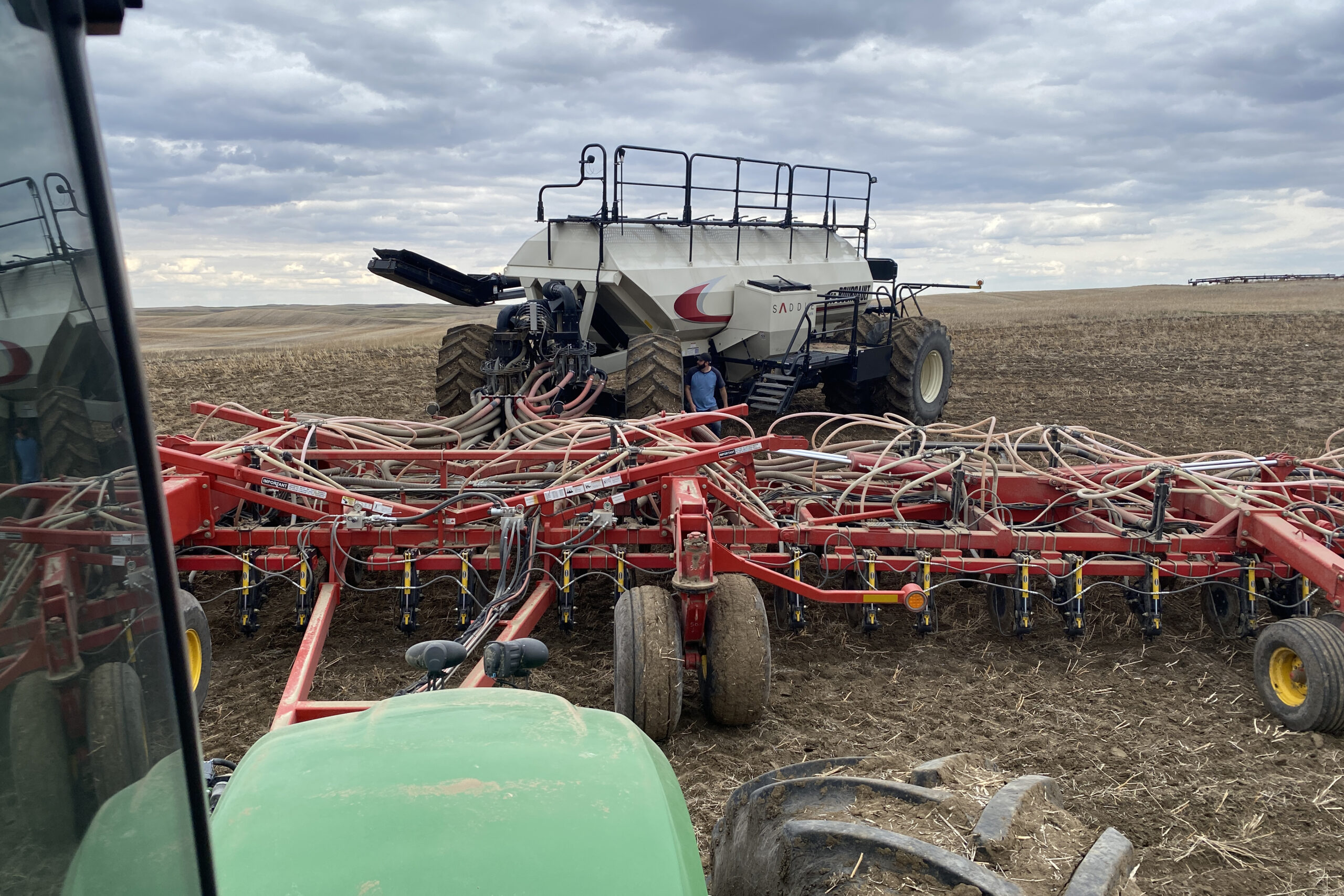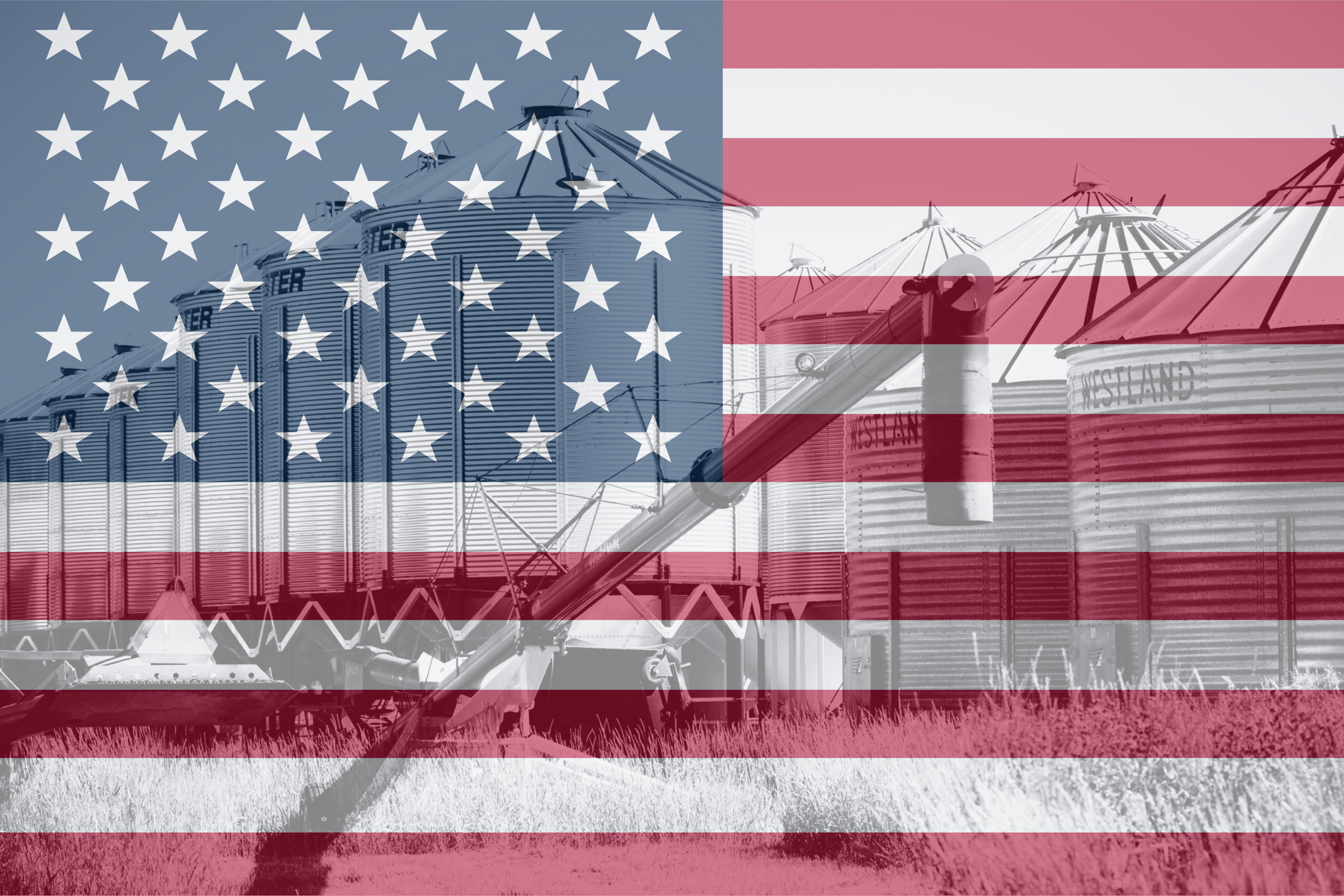By Chuck Penner, LeftField Commodity Research
May 2024
Debating and questioning Statistics Canada (StatCan) crop estimates is a long-held tradition in Western Canada. Changes have been made in the last few years to reduce StatCan’s “survey burden” on farmers, but that has not helped the reliability of the estimates. In fact, it has likely made the situation worse. One of StatCan’s changes has been to cut out its spring survey that asked farmers about seeding intentions. Instead, the 2024 acreage questions were rolled into another larger farmer survey conducted from mid-December to mid-January, with the results released in early March. A few things have changed since then.
At the time of the StatCan survey, a good portion of seeded area was already committed to certain crops and will not likely change but there is also sizable acreage that was still undecided. While prices are only one factor in farmers’ decision-making, they are an important influence. The chart below shows the percentage changes in new-crop bids between mid-December and mid-April.

One of the most striking themes in the chart is that pricing has dropped or remained steady for all crops other than pulses (except Kabuli chickpeas). Again, prices are not the only factor driving acreage, but we think the increases in pulse prices are large enough to have caused some shifts in uncommitted acres. That is especially the case since the main competing crops have experienced sizable price declines.
Since mid-December, the average new-crop yellow pea bid has risen $33 per tonne and green peas have done even better, up nearly $60 per tonne. The StatCan survey results showed 2024 seeded area of peas at just over 3.1 million acres, up 2% from 2023 but still close to the low end of recent history. Our view is that stronger prices will boost seeded area closer to 3.5 million acres.

Even though the 3.5 million acres of peas would be 15% more than last year and the most since 2021/22, it does not necessarily mean Canadian supplies will be heavy. For one thing, the carryover of peas from 2023/24 into the next marketing year will be very small, meaning there is not much cushion for any production glitches. If we plug in an average yield, the higher acreage number would add about 350,000 tonnes of production, not enough to weigh on the market. That said, if most of the increase in pea acreage shifts in favour of greens, that portion of the market could feel a bit heavier.
Truth be told, the seeded area of Canadian peas is not the biggest unknown in the 2024/25 outlook. Production in other countries, particularly in the Black Sea region, could play an even larger role next year. On the demand side, the presence (or absence) of India as a buyer could be the dominant influence on pea prices for next year. In addition, Chinese demand is critical but has been quite variable in the last few years and has become harder to predict.
The outlook for lentils is similar to peas; StatCan showed lentil area at 3.8 million acres, only a small 4% increase from the multi-year lows of 2023/24. Meanwhile since StatCan’s acreage survey, new-crop bids for red lentils have increased $62 per tonne while large green lentil bids (already high in December) are up $41 per tonne. Our estimate from LeftField is 4.1 million acres, 12% more than last year, but still not historically large. This estimate could be too conservative and might need to be bumped up further.

Like peas, the higher acreage estimate for lentils will not really make the Canadian supply outlook heavy for 2024/25. With an average yield, the difference between the two acreage numbers would only result in an extra 150,000 tonnes of lentils. Keep in mind, last year’s yield was quite low and a rebound to average in 2024 would do more to boost production than the expanded acreage.
Other than Canadian acreage, there are a lot of other variables in the 2024/25 lentil outlook. All indications suggest seeded area will be expanding in other places, including the United States and the Black Sea region which could overshadow the size of the Canadian crop. Fortunately, there are also signs that South Asian demand should remain strong to help absorb some of the increase in global production.
Chickpeas are an outlier compared to the other pulses and are harder to pin down. StatCan had forecast seeded area at 400,000 acres, 27% more than last year, and the most since 2018/19. This seems quite optimistic in light of the $85 per tonne drop in new-crop bids since December, but prices for other crops in the main chickpea growing region have also suffered. Even with a drop in bids, chickpeas could still be a solid choice in those areas, so we won’t argue with StatCan over its acreage estimate.
We admit our acreage ideas are still just guesstimates, but so are everyone else’s. In late June, StatCan will release another set of acreage estimates based on a larger farmer survey, which will provide more reliable information. This next StatCan release will also include a breakdown of pulse acreage by type that will help us drill down even more with more detailed outlooks.
Chuck Penner operates LeftField Commodity Research out of Winnipeg, MB. He can be reached at info@leftfieldcr.com.

